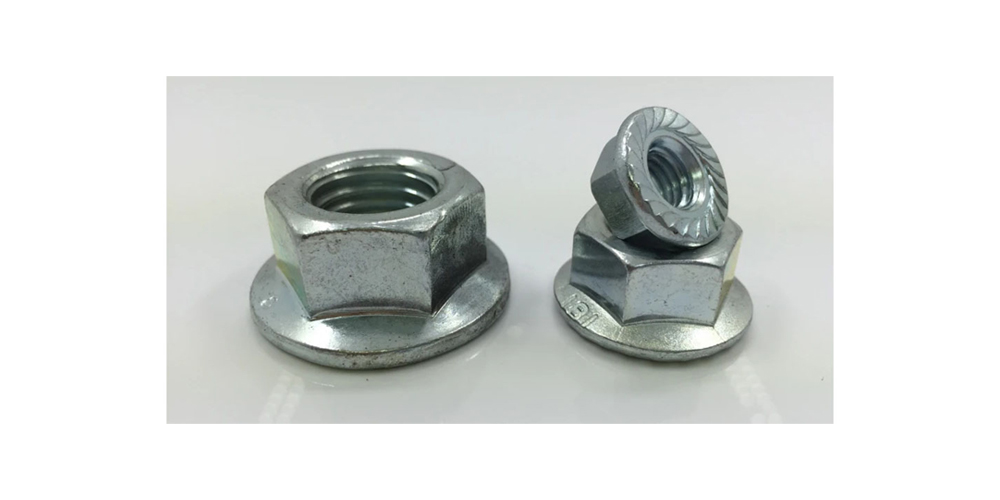Flange nuts are a type of nuts with the capability to work over a large surface area. This capability is supported by the fact that they offer equal pressure distribution due to their base that looks like a washer. The role this nut’s base is to ensure that the nuts never get loose once they get fastened. These nuts are often made using steel and oxide-coating. Flange nuts are the most common type of nuts in existence. However, there are several other types of nuts from which you can choose.
Types of nuts
A nut is a type of fastener. It is made up of a block with a threaded hole in between; the hole is made up of female threads. The female threads correspond with the threads found on bolts (male bolts). They work together with bolts or screws to fasten together different kinds of materials. Below are some common types of nuts:
1. Hex nuts
These feature six sides. They are the most popular type of nuts in the market. They also come in a wide range depending on the material and the application. For instance, nylon hex nuts are applied inside locks.
2. Wingnuts
Wingnuts feature two wings on each side of the head. The role of the two wings is to allow effortless tightening and loosening.
3. Cap nuts
Cao nuts feature a smooth domed top. They are typically enclosed on one end.
4. Acorn nuts
Acorn nuts are very similar to cap nuts. The only difference between the two is that acorn nuts have a higher crown than their counterparts.
5. Cage nuts
As the name suggests, this type of nuts features a cage wraps. The capes are usually made using spring steel. The projections are used to compress and release the nut during the fastening process.
6. Coupling nuts
These nuts feature two male threads. The male threads are used as fasteners. They are commonly applied in pipework or the assembly of rods.
7. Swage nuts
These nuts are used on wooden metal sheets. They are also referred to as self-clinching nuts
Nuts can also be categorized depending on their shape. For instance;
- Square nuts- these nuts feature four sides. The four sides help to provide an added resistance when they are fastened hence keeping them from coming loose.
- T-nuts- these nuts feature a T shape. They have a significantly thin body.
Hex nuts also fall into this category.
How to choose the best type of nuts
When choosing the best type of nuts, consider the following elements;
- Application- this is an essential factor to consider. The type of application significantly influences the style and material.
- Material- the most common type of nut material is steel and steel alloy. When deciding on the best material, consider the strength, durability, and cost.
- Cost- different types and materials of nuts cost varying prices. Shop around and compare the prices before making the final decision.
Conclusion
The role of nuts is to ensure that bolts or screws do not come loose after fastening. The kinds of nuts and their materials are also greatly influenced by the type of bolts or screws.


